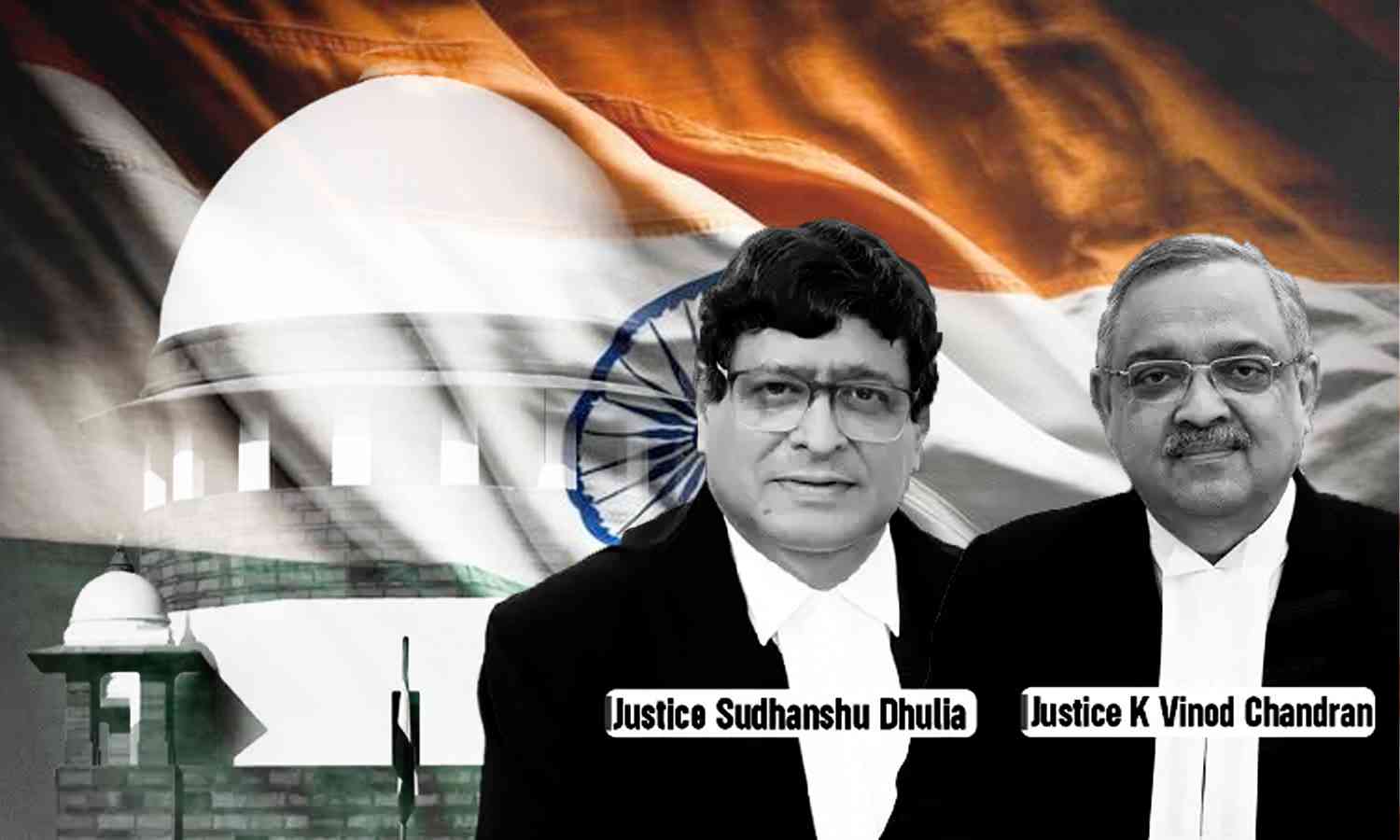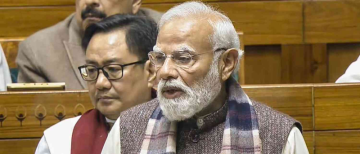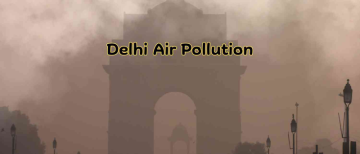“Language Is Not Religion”: Supreme Court Upholds Urdu Signage on Maharashtra Council Office
The Supreme Court has firmly rejected a petition challenging the use of Urdu on a municipal signboard in Maharashtra, declaring that language cannot be equated with religion, and warning against conflating linguistic identity with communal affiliation.
In a strong affirmation of India’s linguistic and cultural pluralism, a bench comprising Justice Sudhanshu Dhulia and Justice K Vinod Chandran dismissed the plea filed by Varshatai Sanjay Bagade, a former councillor from Patur in Akola district, who had opposed the use of Urdu alongside Marathi on the municipal council’s signboard.

“A Misconception of Law and Reality”
Ms Bagade had argued that the Municipal Council’s official business could only be conducted in Marathi, and that Urdu’s inclusion on the signage violated the Maharashtra Local Authorities (Official Languages) Act, 2022, which mandates the use of Marathi in official communication. However, the court ruled that there is no legal prohibition against the use of Urdu for supplementary communication, particularly when aimed at inclusivity and public service. “The entire case of the appellant, to our mind, is based on a misconception of law,” the bench noted, upholding the Bombay High Court’s earlier decision.

Urdu: A Language of the Land, Not a Marker of Faith
In a detailed and culturally resonant judgment, the court underlined that Urdu is neither foreign to India nor exclusive to any religion.
“Language belongs to a community, a region, a people — not to a religion,” the bench observed. “To associate Urdu solely with Muslims is a pitiable digression from the rich reality of India’s unity in diversity.”
The judgment described Urdu as a product of India’s syncretic culture — the ‘Ganga-Jamuni tehzeeb’ — and as a linguistic bridge born from centuries of coexistence and exchange in north and central India. “Language is culture. It is the yardstick of a community’s civilisational march,” the court remarked.
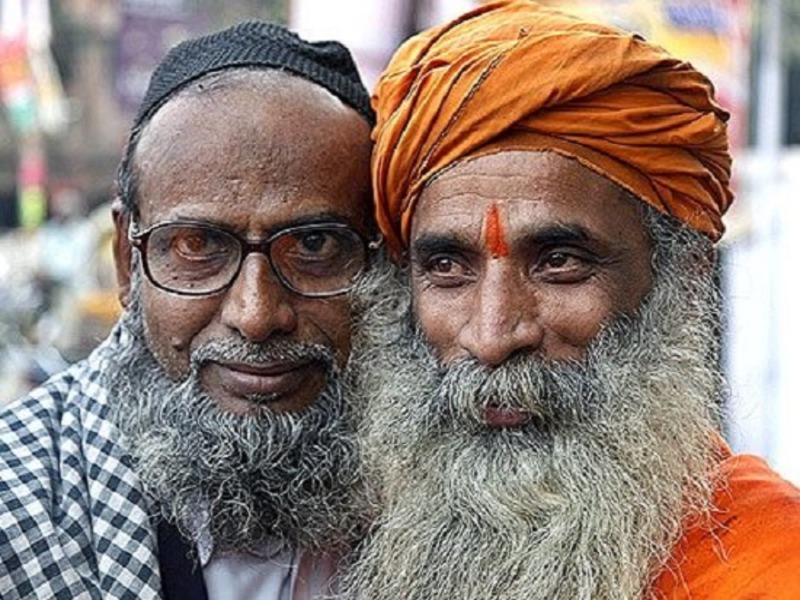
Colonial Roots of Division
The bench also reflected on how colonial-era thinking deepened divisions between Hindi and Urdu, turning them into supposed symbols of religious identity — a narrative that persists today. “The schism between Hindi and Urdu was exploited by colonial powers, dividing two kindred languages on communal lines. This artificial division continues to colour our perceptions, tragically undermining the ethos of inclusion.” Even the word “Hindi”, the court pointed out, is derived from the Persian “Hindavi”, further illustrating how deeply intertwined the two languages are.

Inclusivity in Governance
The court stressed that local governance must serve its community, and where a section of the population speaks Urdu, it is entirely appropriate for the municipal council to include it in its signage. “Language is a tool for communication — not exclusion. If Urdu helps a municipal council engage better with its residents, there should be no constitutional or moral objection,” the bench ruled.
The court added that language should be a unifier, not a wedge, and reminded the nation of the strength found in diversity. “Let us make friends with Urdu and with every language. Our misconceptions — and perhaps our prejudices — must be courageously tested against the truth of India’s diversity.”
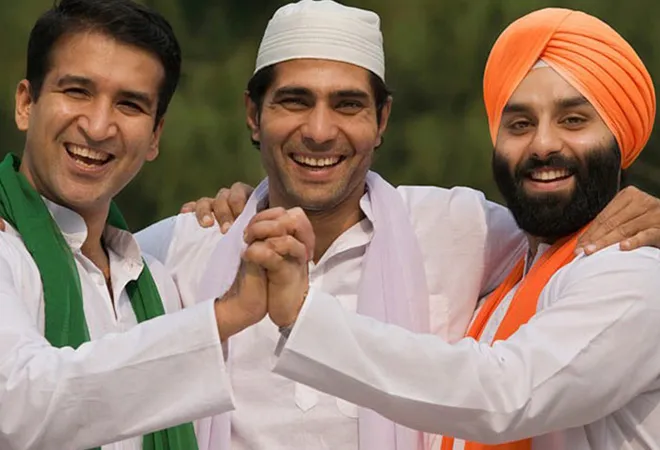
A Broader Message for a Multilingual Nation
This ruling not only settles a legal dispute but also sends a broader message about the inclusive character of Indian democracy — one that embraces all languages born of its soil, regardless of political or religious baggage. The court’s verdict reaffirms that public institutions must reflect the plurality of their constituencies, and that linguistic diversity is not only a constitutional ideal but a cultural necessity in a country as vast and varied as India.
With inputs from agencies
Image Source: Multiple agencies
© Copyright 2025. All Rights Reserved Powered by Vygr Media.

